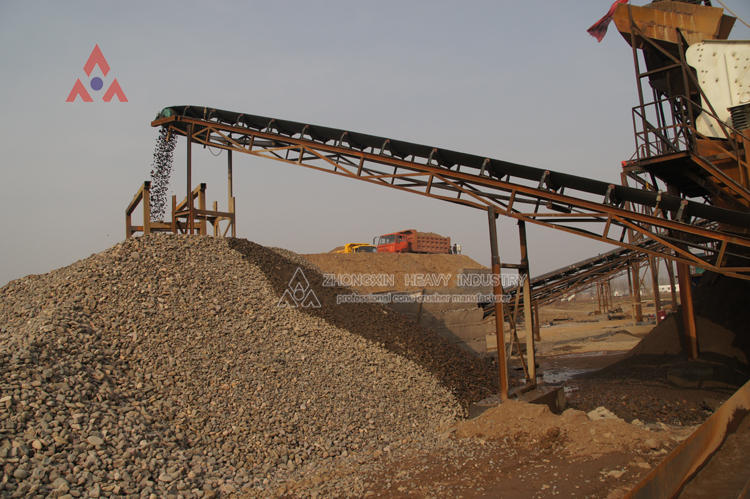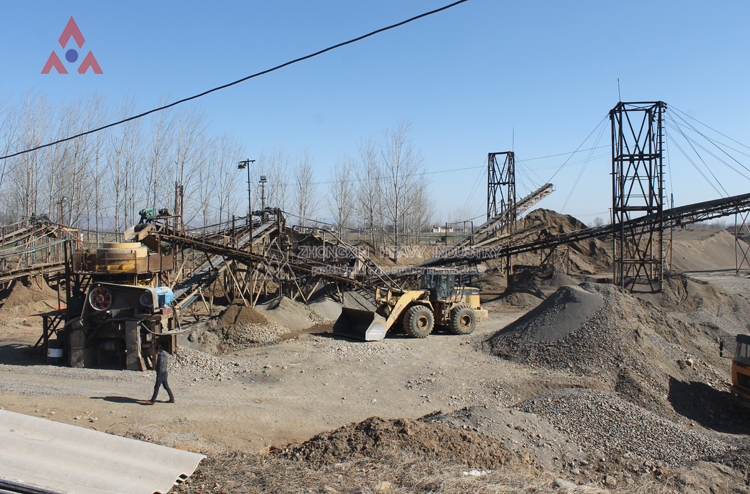2021-03-02 13:49:57
Cone crusher has strong crushing capacity
The cone crusher has ** and is mainly suitable for the second crushing operation, so the product size is more uniform. The cone crusher has a wide variety of crushing cavity types. Customers can choose different cavity types according to various needs. Among them, standard cavity types It is suitable for secondary crushing, medium-scale crushing is suitable for crushing, and short head type is suitable for crushing.
Jaw crusher has a large crushing ratio
Jaw crusher is a crushing machine for all kinds of high-hardness stone materials. It is mainly used for primary crushing and second crushing. The crushing cavity of the jaw crusher is composed of two jaw plates, a movable jaw and a static jaw, which must be moved and kneaded by the two jaw plates. The material is crushed.
When the movable jaw is close to the static jaw, the material is crushed. When the movable jaw plate leaves the static jaw plate, the crushed materials are discharged from the lower mouth of the crushing chamber. In view of the strong crushing ability of the jaw crusher, the operation is more convenient. Currently, it has been mainly used in sand processing, stone material, silicate and ceramic industries. Stone aggregate industry.
The difference and connection between cone crusher and jaw crusher
To put it simply, jaw crusher is mainly used for primary crushing, and crushed stones are relatively large; cone crusher is used for crushing medium-sized flakes, and is *ly used for secondary crushing. The point of consistency is that all materials are kneaded and crushed. The standard is related to their structure and operating principle.
Cone crusher and jaw crusher structure and operating principle Cone crusher is a rotating sway, and the moving cone rotates together to make an eccentric sway that affects the conical liner and the constant liner to knead the material; the jaw crusher is divided into simple pendulum and compound pendulum, and the movable jaw affects the plane jaw and the constant The jaw plate makes a reciprocating kneading motion to crush the material. Generally speaking, the former is smashed by rotating and swaying, and the motion trajectory is circular; while the latter is pulverized by reciprocating swaying, and the kneading motion is linear.

 WhatsApp
WhatsApp Wechat
Wechat







 WhatsApp
WhatsApp Wechat
Wechat